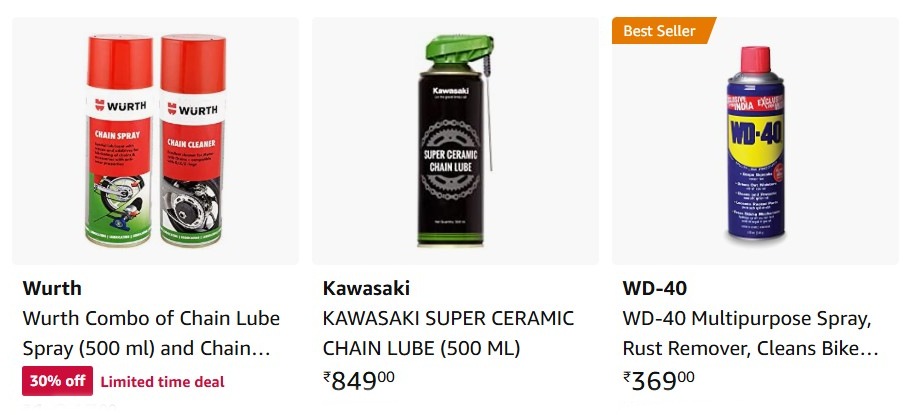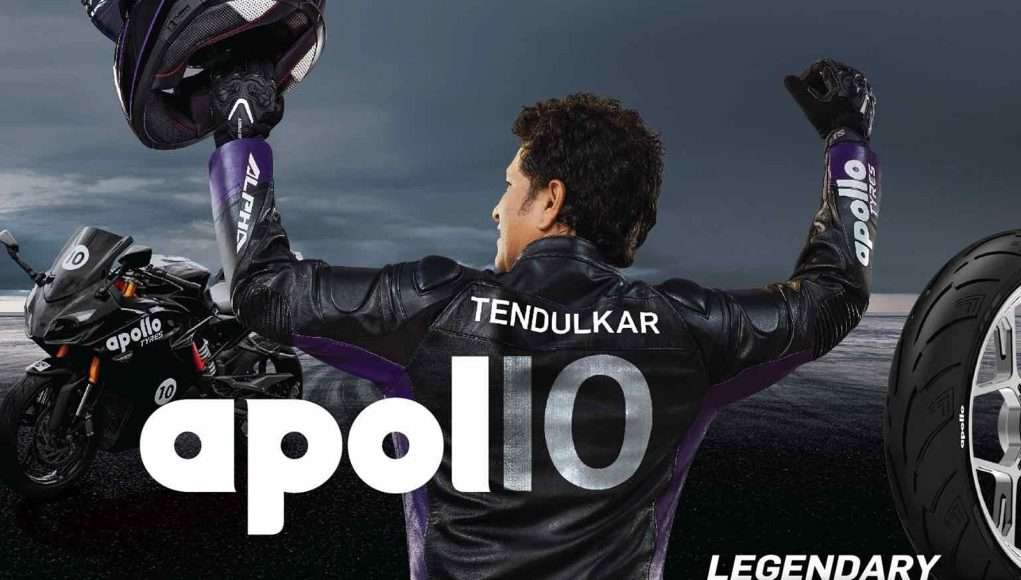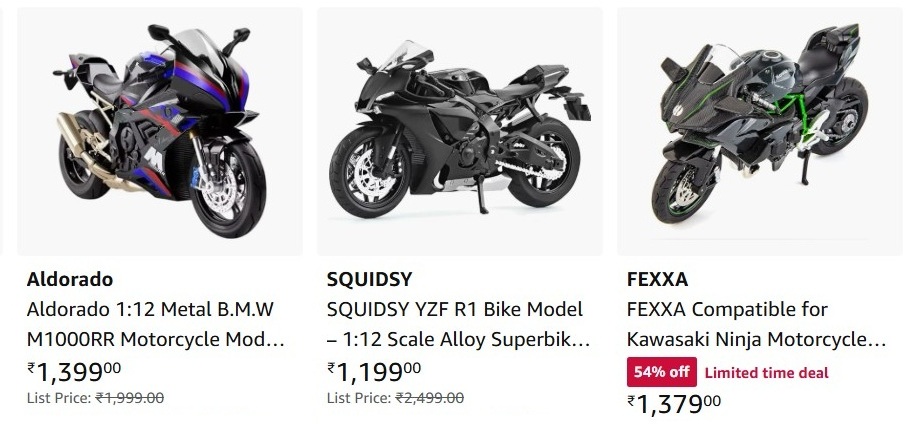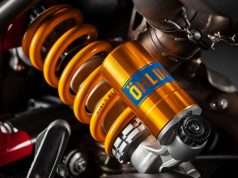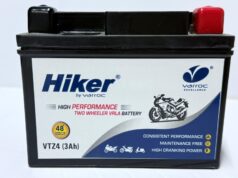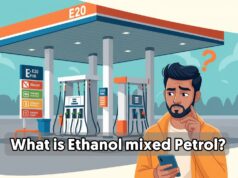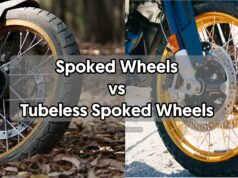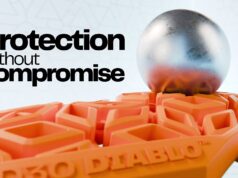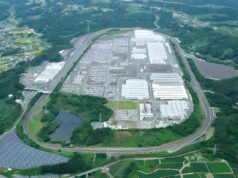Tyres are the only point of contact between your vehicle and the road, making their quality a crucial factor influencing both fuel efficiency and overall tyre lifespan (rubber mileage). A seemingly small investment in superior tyres can give you long-term savings and a smoother driving experience. This blog post explores the intricate relationship between tyre quality and these key aspects of vehicle ownership.
The Impact of Tyre Quality on Fuel Efficiency
Fuel efficiency is a significant concern for most Indian drivers, and your tyres play a surprisingly large role. The rolling resistance of your tyres directly impacts how much energy your vehicle needs to maintain speed. Higher rolling resistance means more fuel consumption. Let’s explore the specifics:
Tread Design and Compound:
The tread pattern significantly affects how efficiently your tyres roll. Tyres with optimised tread designs, featuring wider grooves and strategically placed sipes (small slits), reduce rolling resistance. Similarly, the rubber compound itself impacts rolling resistance. High-quality tyres utilise advanced compounds designed to minimise friction.
Tyre Inflation:
Properly inflated tyres are crucial for fuel efficiency. Under-inflated tyres increase the contact patch with the road, leading to greater rolling resistance and reduced fuel economy. Over-inflation, while seemingly counter-intuitive, can also negatively impact fuel efficiency and tyre wear by making the tyre stiffer and less able to conform to the road surface.
Tyre Alignment and Balance:
Poor tyre alignment and wheel balancing cause uneven tyre wear and increased rolling resistance. Regular maintenance is essential to ensure your tyres are correctly aligned and balanced, contributing to both improved fuel economy and extended tyre life.
Tyre Age and Wear:
As a tyre ages and wears down, its rolling resistance increases. Worn treads loose their ability to efficiently channel water and maintain grip, leading to higher friction and fuel consumption. Replacing worn tyres is crucial for fuel efficiency and safety.

The Correlation Between Tyre Quality and Rubber Mileage
The longevity of your tyres, often referred to as rubber mileage, is directly tied to their quality. Investing in premium tyres translates to more kilometres driven before needing replacement. Here’s a breakdown:
Construction and Materials:
High-quality tyres like ALNAC 4G utilise stronger and more durable materials in their construction. This includes robust sidewalls, reinforced belts, and advanced rubber compounds designed to withstand wear and tear, leading to significantly extended lifespan.
Tread Depth and Durability:
Deeper tread depth provides greater protection against punctures and wear, ensuring a longer lifespan. High-quality tyres are engineered with durable treads that resist abrasion and maintain their performance even after prolonged use.
Manufacturing Process and Quality Control:
The manufacturing process plays a pivotal role in tyre quality. Premier brands like Apollo Tyres spend millions on research and development of new tyre compounds, tread patterns, and technical advancements of tyre technology. They also employ rigorous quality control measures, ensuring consistent performance and durability. This reduces the likelihood of premature wear or defects.
Driving Habits and Maintenance:
While tyre quality is important, driving habits and regular maintenance also influence rubber mileage. Aggressive driving, improper inflation, and neglecting wheel alignment all contribute to premature tyre wear.
Case Study: Apollo Apterra HT2
SUVs, with their heavier weight and often rugged use, tend to wear out tyres faster than smaller vehicles, making tyre longevity a significant consideration. The added cost of premium tyres further emphasizes the importance of maximizing their lifespan.
In our testing, one tyre stood out of the lot in terms of overall ride comfort, tyre mileage, and value, the Apollo Apterra HT2. Designed for superior on-road performance, this Highway-Terrain (HT) tyre delivers a remarkably smooth ride even on uneven surfaces. Its specially designed contour and construction, coupled with a wear-resistant tread compound, provide best-in-class road shock absorption without compromising geometric stability. The tyre also offers a longer service life, enhanced wear life, and exceptional rubber mileage, with a potential lifespan of up to 80,000 kilometers, minimizing replacements and maximizing your investment.
Conclusion: Prioritise Tyre Quality for Long-Term Savings
Choosing high-quality tyres is an investment that offers substantial returns in both fuel efficiency and extended tyre lifespan. While the initial cost might be higher, the long-term savings from reduced fuel consumption and fewer replacements significantly outweigh the initial investment.
By understanding the factors influencing tyre performance and making informed choices, drivers can optimize their vehicle’s fuel efficiency and enjoy the benefits of significantly extended tyre life. Remember to always check your tyre pressure regularly and consider regular tyre rotation and alignment for optimal performance and longevity.
When buying new tyres, go for branded products which offer long-term warranty benefits and quality assurance. Investing in a cheaper product may initially save you some money but will always jeopardise safety. That’s why we also advice against buying used tyres which are often sold by puncture repair shops at a discount. These tyres should only be used in a pinch when there is not other option nearby and your existing tyre or tyres are damaged beyond repair. But as soon as you reach a reliable tyre dealership, swap the old tyres for new ones.



















